Despite surviving hurricanes, volcanic eruptions and being hunted for centuries, the mountain chicken frog was driven to the brink of extinction by a deadly microscopic fungus.
The disease chytridiomycosis, commonly known as chytrid, wiped out 99% of the wild population.
In Montserrat, we are working alongside the Government of Montserrat's Environment Department and other partners to bring this frog species back from the brink through captive breeding and release, and intensive management of their health and habitat. This work is part of our wider global programme, Saving Amphibians from Extinction (SAFE).
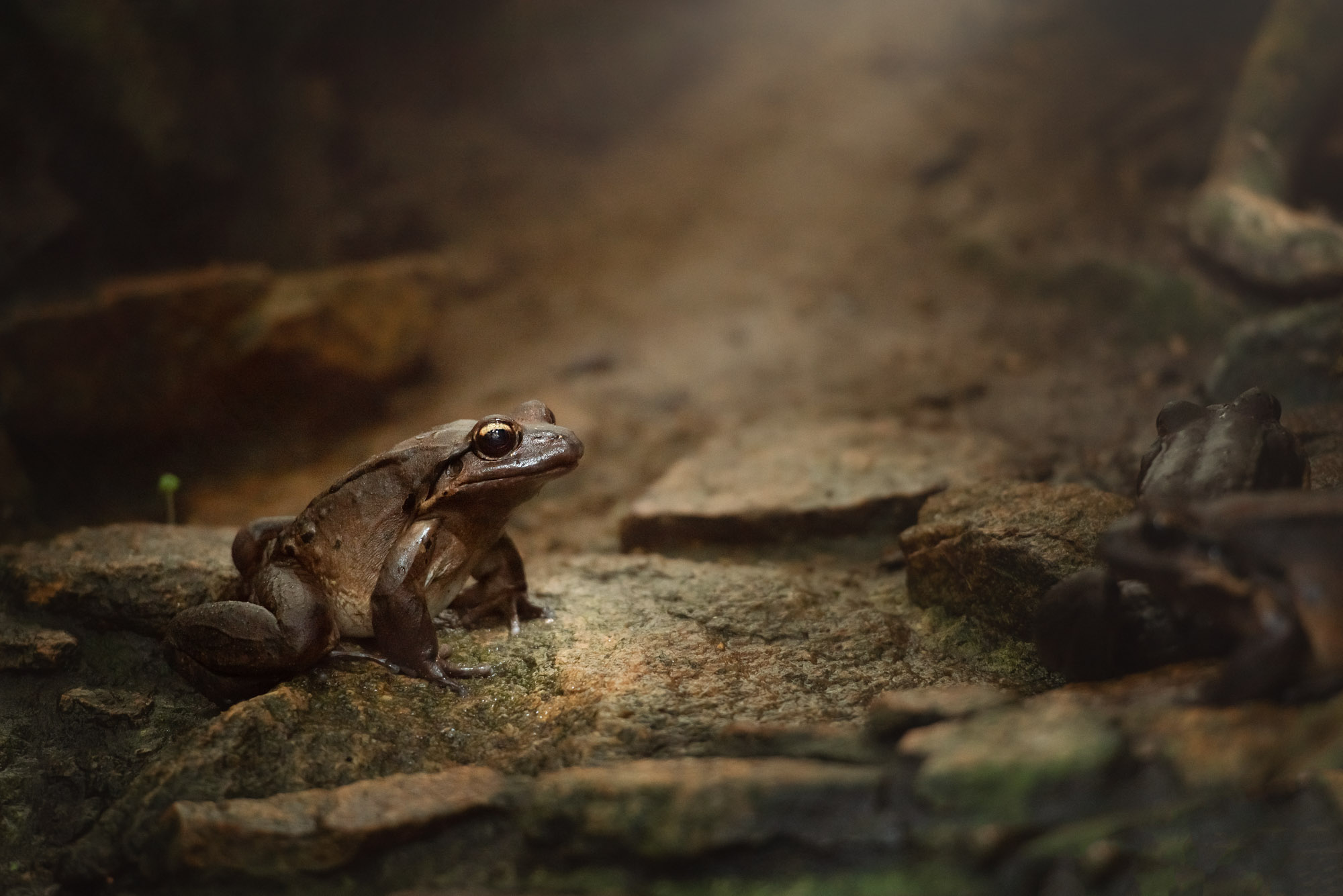
99%
Wild population lost
1997
Durrell's work starts
100
Estimated wild population
Since 1999 Durrell has been working to bring mountain chicken frogs back from the brink
Our conservation work
What we're doing to help mountain chicken frogs
A fascinating frog
Mountain chickens are one of only two native frog species in Montserrat and are the island's top endemic predator. They were once a popular, traditional Caribbean dish and are said to taste like chicken, hence the unusual name, "mountain chicken"!
These frogs have an unusual breeding strategy. To lay their eggs, females create foam nests underground and they purposely lay infertile eggs for the tadpoles to feed on. This is the only food tadpoles will accept!
Males are extremely territorial and will wrestle with each other to win and protect their territory. Their hind legs are very powerful, enabling them to jump a distance of over two metres!
Find out more about the Mountain Chicken Recovery Programme, coordinated by Durrell and in partnership with Montserrat’s Department of Environment, ZSL, Chester Zoo, Nordens Ark, and Dominica’s Forestry, Wildlife and Parks Division.
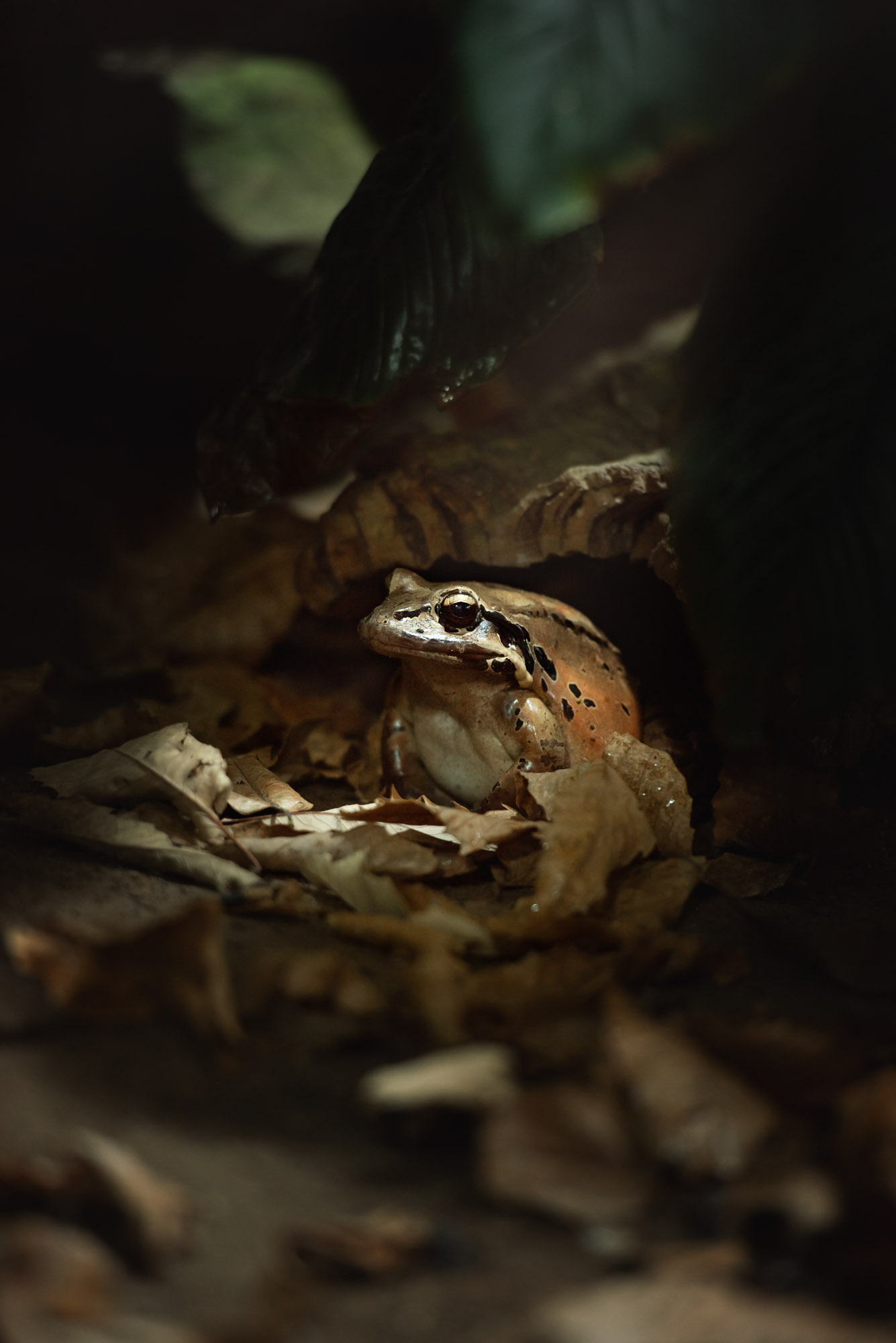
Can you spot Jersey Zoo's giant frogs?
We were the first organisation to successfully keep and breed mountain chicken frogs in captivity and our captive population and management of the species have led to a greater understanding of its biology and ecology.
Our mountain chickens can be found in the Reptile and Amphibian House in an environment similar to the damp undergrowth they inhabit in the wild. Despite their large size, mountain chicken frogs are elusive and spend most of the day sleeping in burrows before venturing out at night to hunt.
They can be hard to spot as they like to sleep in their burrows, but if you listen carefully you might hear their unique whooping calls!
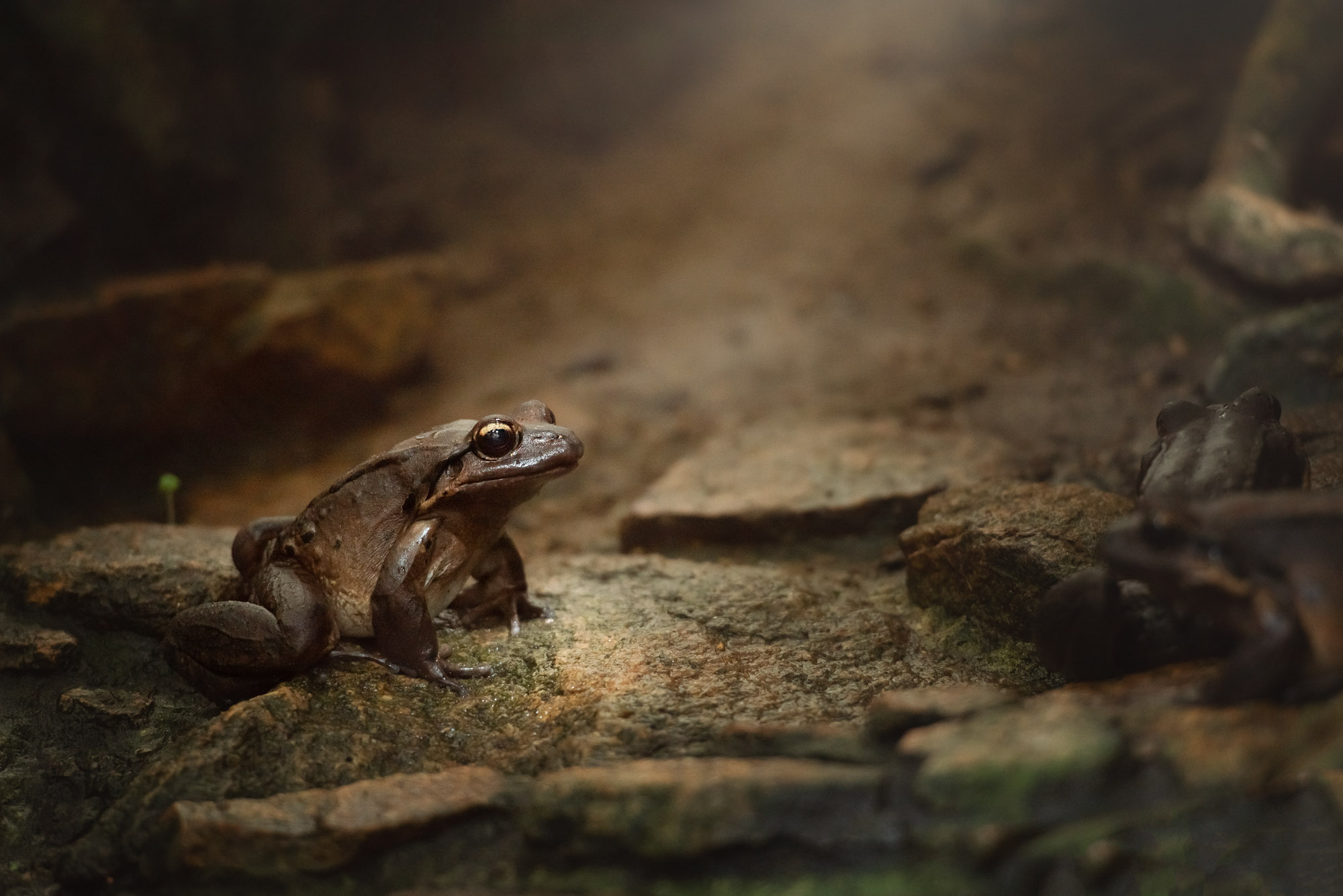
Saving Amphibians From Extinction (SAFE)
Amphibians are by far the most threatened group of vertebrate species.
The SAFE programme integrates our zoo, training, field and science departments, to deliver a series of integrated species recovery projects, alongside providing support to optimise the effectiveness of regionally-based conservation partners in Madagascar, Western Caribbean, Tropical Andes and, in the future, Sri Lanka.
Support our work

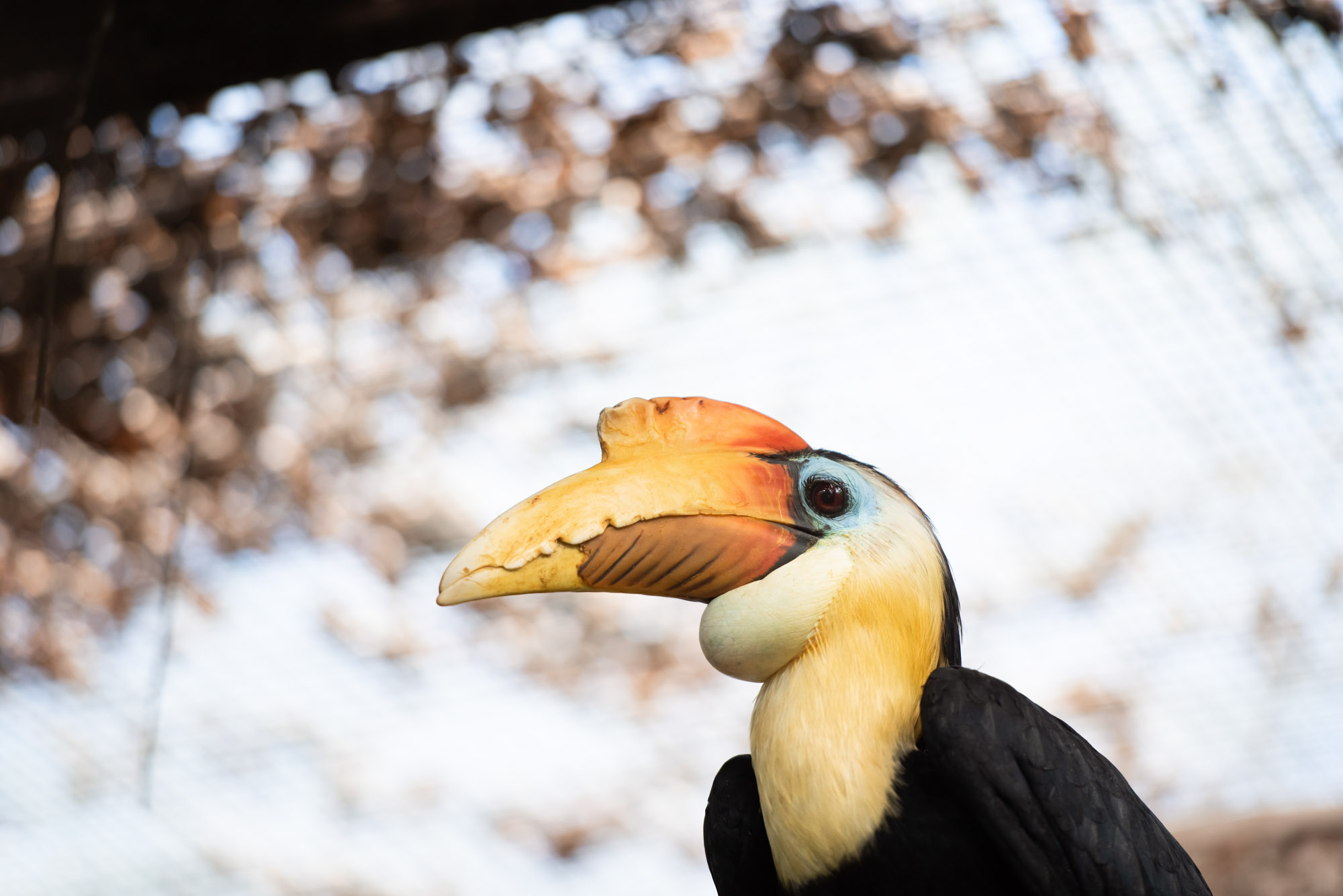
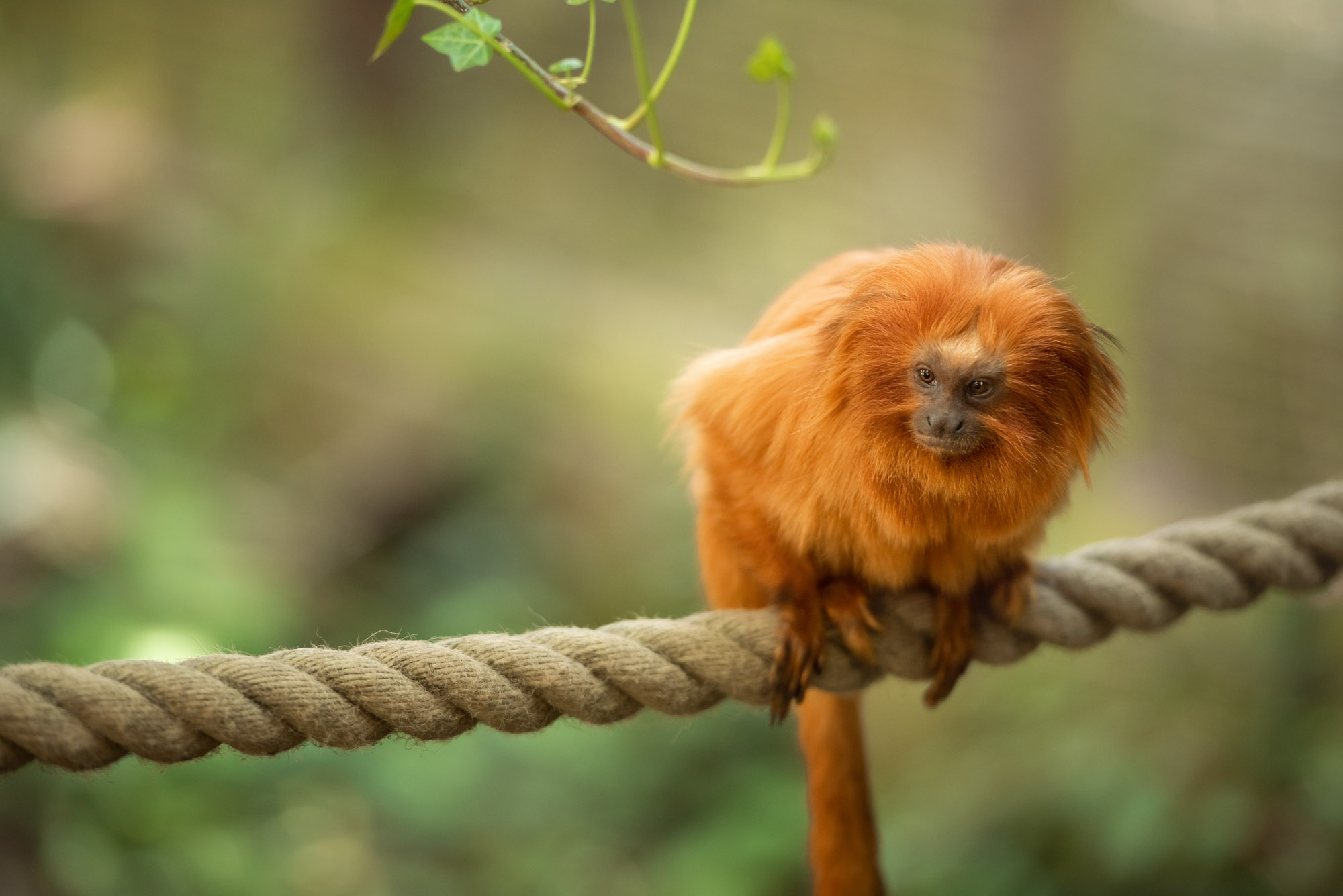
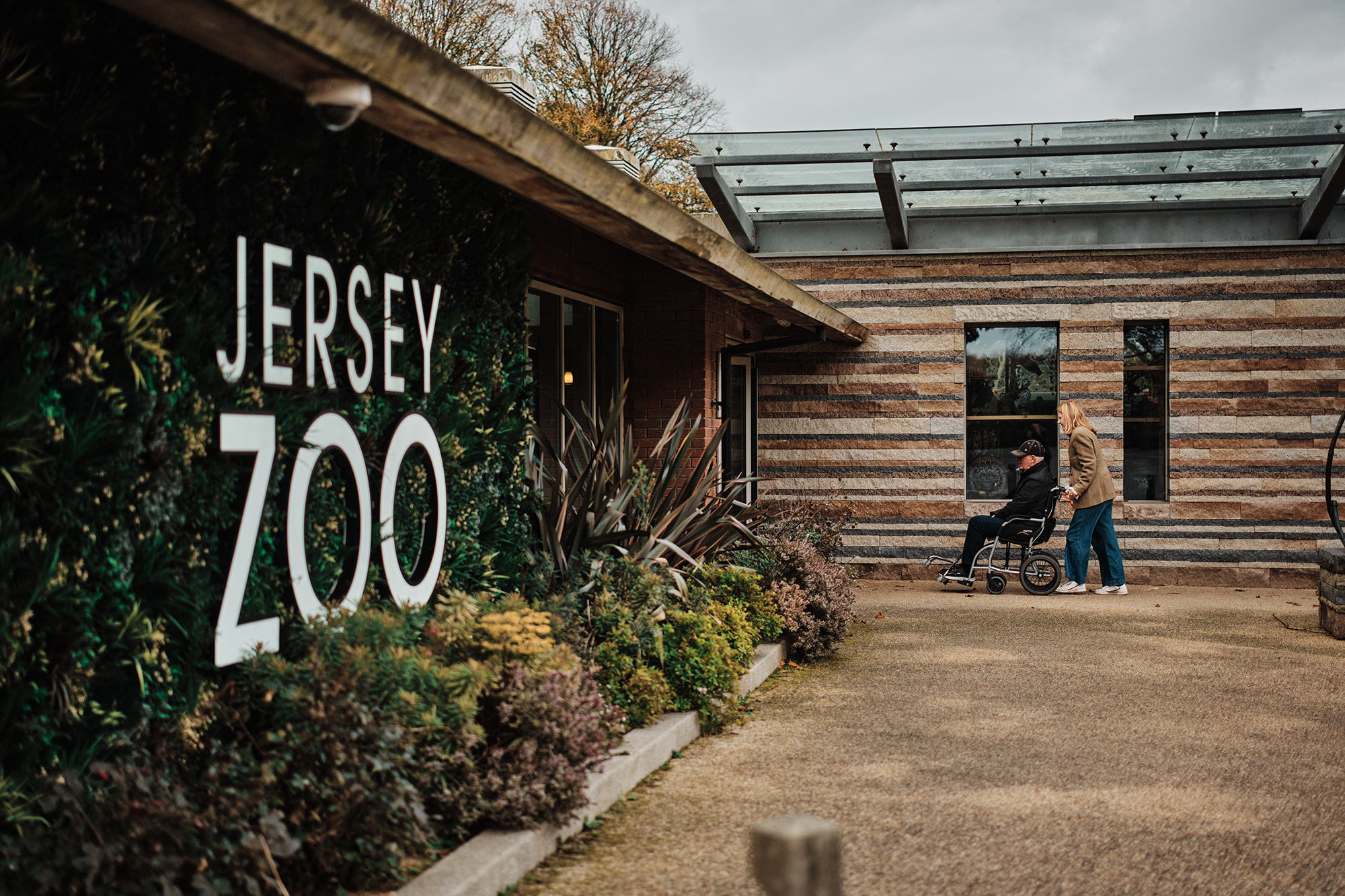
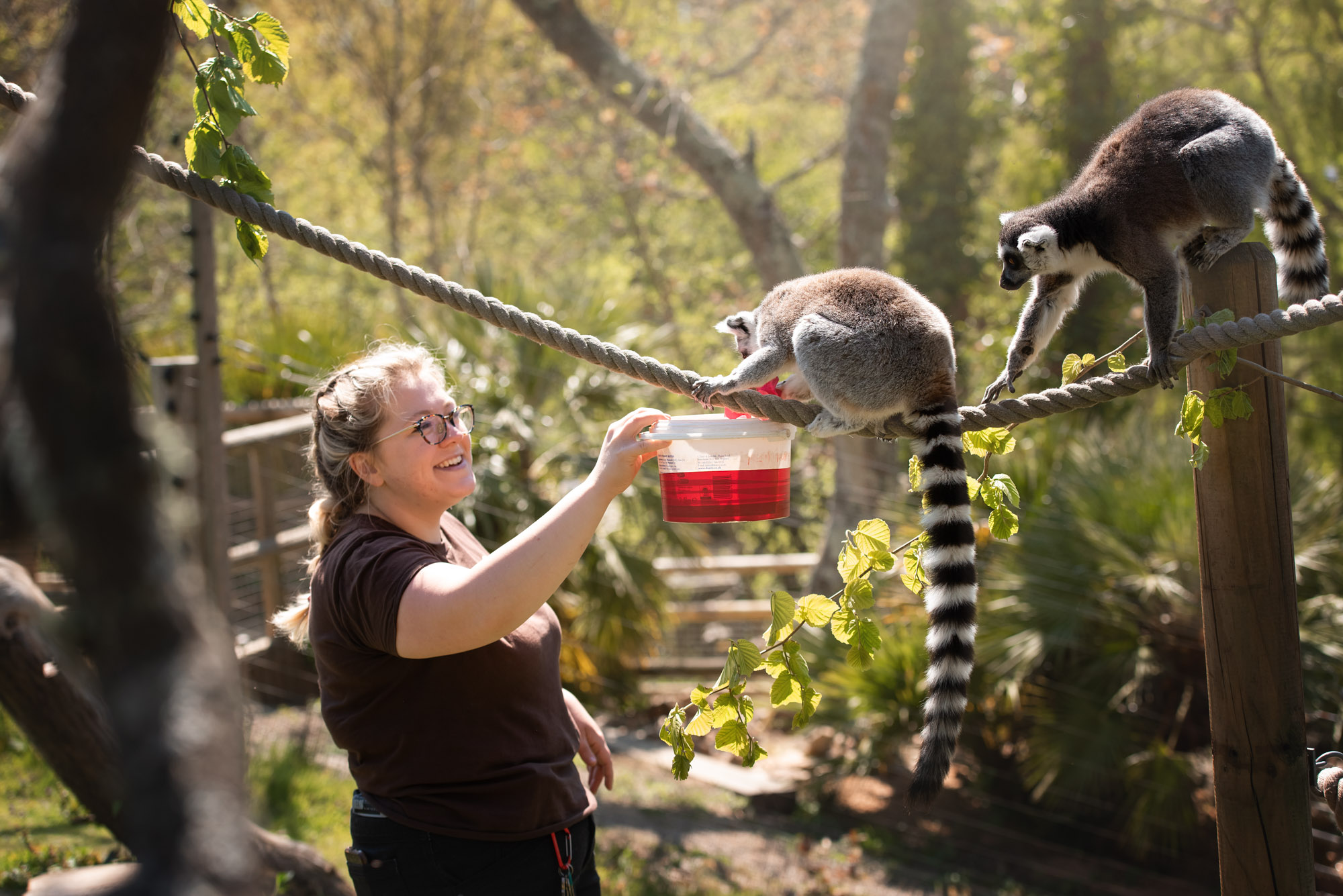
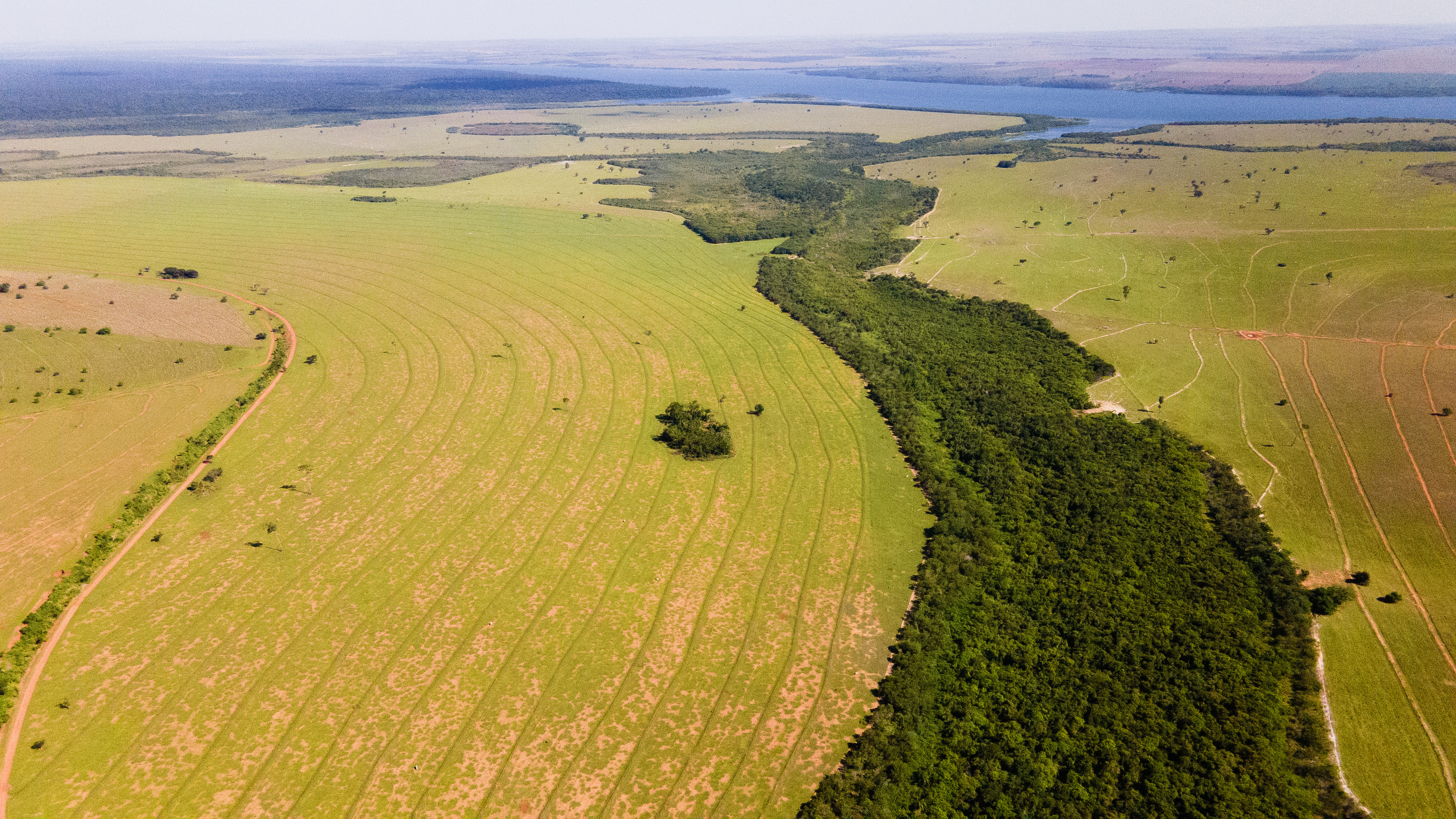
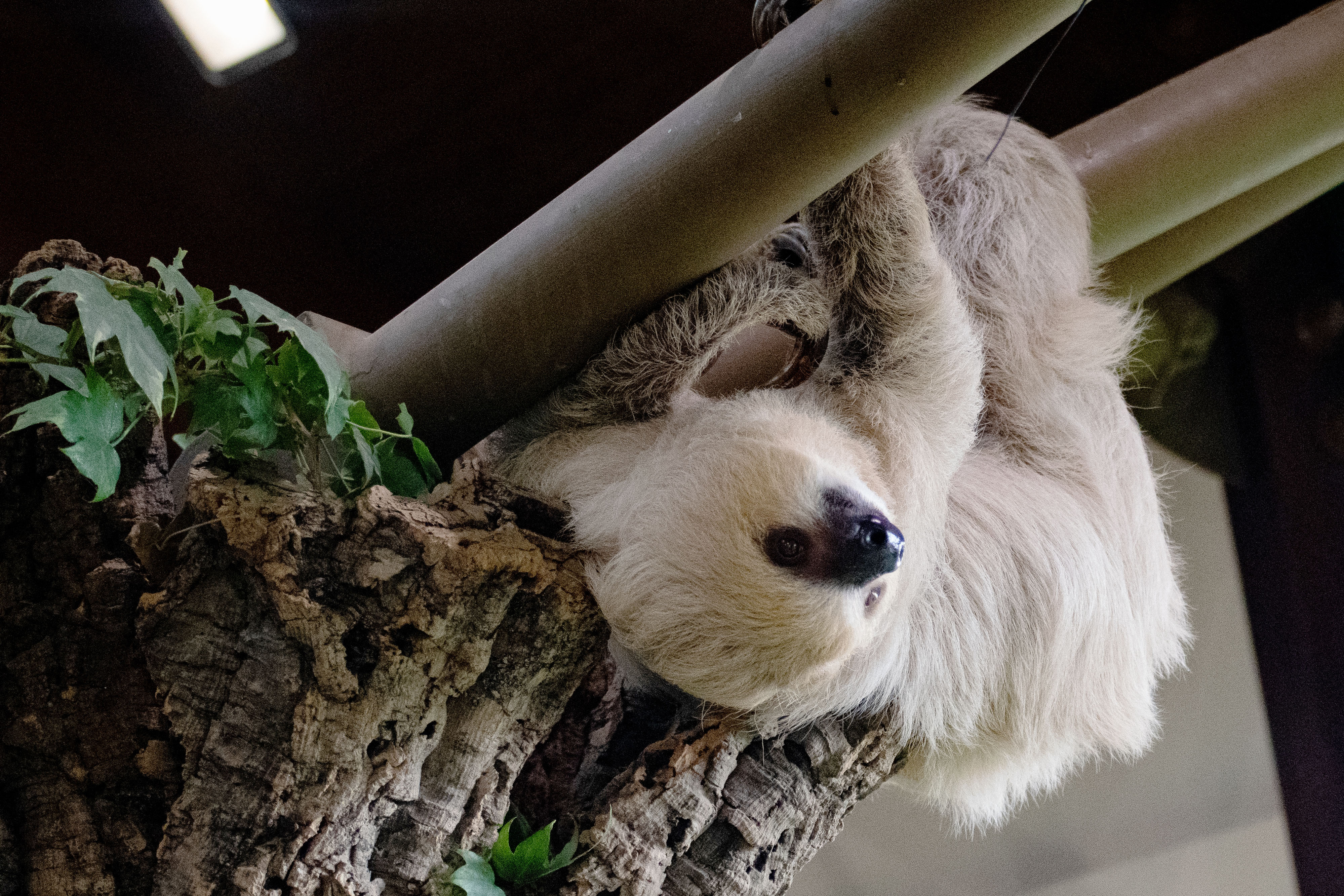

![Umbraco.Cms.Core.Models.MediaWithCrops`1[Website.Models.Image]](/media/q1ojg4r1/_mg_2299-1.jpg?width=1680&height=1120&quality=90&v=1dc345fcc1359f0)
![Umbraco.Cms.Core.Models.MediaWithCrops`1[Website.Models.Image]](/media/irul4mnf/mountain-chicken-frog-2021-03.jpeg?rxy=0.65713003609317833,0.51587301587301593&width=1680&height=1120&quality=90&v=1d81f5391e1ca70)
![Umbraco.Cms.Core.Models.MediaWithCrops`1[Website.Models.Image]](/media/isfcxqtb/mountain-chicken-frog-2021-04.jpeg?rxy=0.37602678436774212,0.53823841680055518&width=1680&height=1120&quality=90&v=1da3e587bc9fc50)